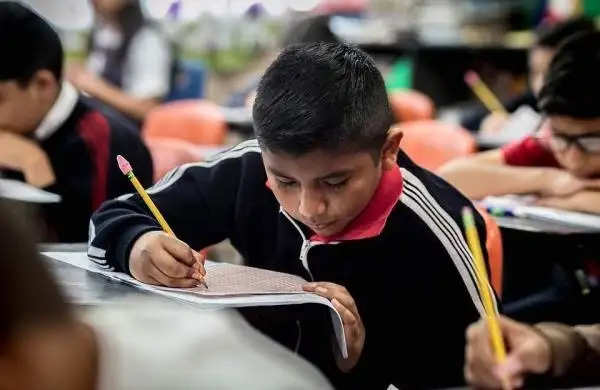Assam Government Implements 6 Tribal Languages in Schools for Medium of Instruction
In a significant move to preserve tribal culture and promote inclusivity in education, the Assam government has decided to introduce six tribal languages as the medium of instruction in the foundational stage of school education. This decision, in line with the National Education Policy of 2020, aims to cater to the linguistic diversity of the state and empower tribal communities.

In a significant move to preserve tribal culture and promote inclusivity in education, the Assam government has decided to introduce six tribal languages as the medium of instruction in the foundational stage of school education. This decision, in line with the National Education Policy of 2020, aims to cater to the linguistic diversity of the state and empower tribal communities.

Key Decisions by the Assam Government:
-
Introduction of Tribal Languages:
- Tiwa, Deori, Rabba, Karbi, and Dimasa will be introduced as mediums of instruction in the foundational stage of school education.
- This initiative underscores the government's commitment to preserving indigenous languages and ensuring access to education for tribal children.
-
Recognition of Manipuri as an Associate Official Language:
- The Assam Official Language (Amendment) Bill, 2024, was passed, recognizing Manipuri as an Associate Official Language in four districts: Cachar, Karimganj, Hailakandi, and Hojai.
- This move reflects the government's efforts to accommodate linguistic diversity and promote cultural inclusivity.
-
Establishment of Assam Veterinary and Fishery University:
- A new university will be established by bifurcating the Faculty of Veterinary Science, Assam Agriculture University, Khanapara, and the College of Fisheries Science, Raha.
- This initiative aims to enhance education and research opportunities in the field of veterinary science and fisheries.
-
Mukhyamantri Mahila Udyamita Abhiyan–Nogoria:
- Guidelines were approved for this initiative, which aims to promote women self-help group (SHG) members as urban women entrepreneurs.
- Eligible SHG members will receive financial support to start their own businesses, with the government providing seed capital and capital subsidies on loans.
-
Infrastructure Development:
- Rs 274 crore worth of infrastructure projects under the Assam Infrastructure Financing Authority (AIFA) were approved.
- This investment reflects the government's focus on enhancing infrastructure to support economic growth and development.
-
Inclusion of Communities in Protected Classes:
- The Ahom, Koch, Rajbongshi, and Gorkha communities will be included in the list of protected classes of people in the Balipara Tribal Belt.
- This decision aims to safeguard the rights and interests of historically marginalized communities.
